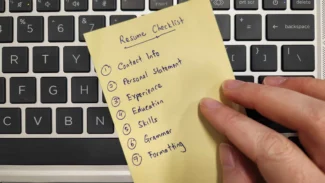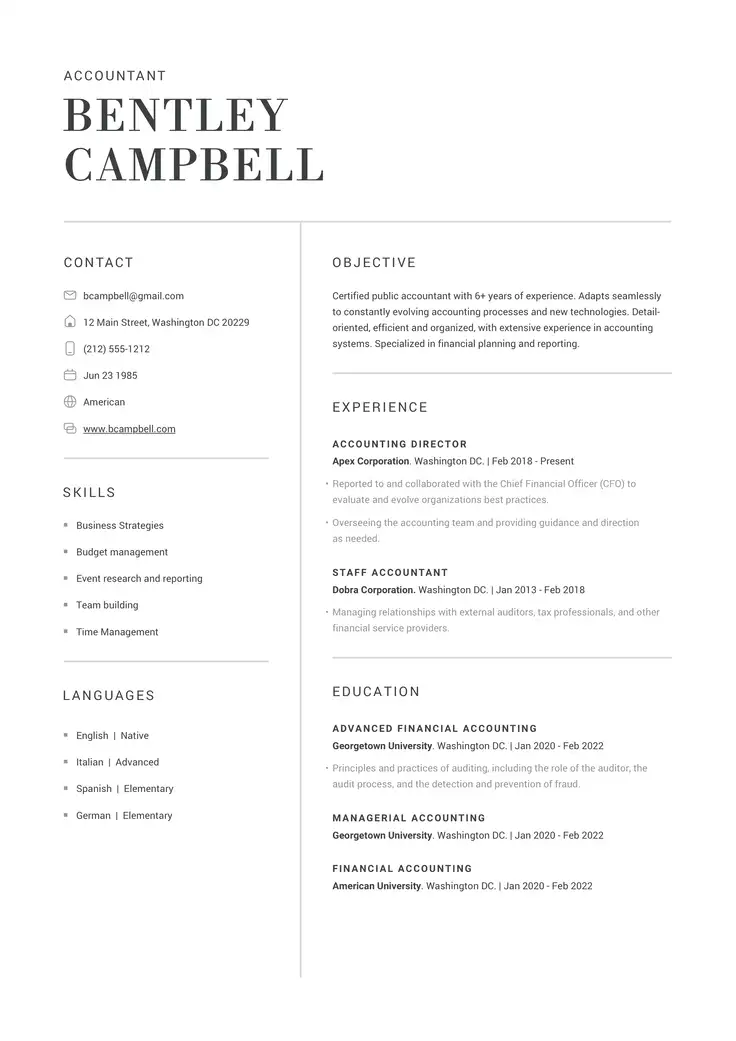How many jobs should you put on your resume? It’s a question that’s often asked by candidates looking to perfect their document and it’s a highly worthy one.
Despite this, there’s no simple answer to that question, the truth is it depends. There are a number of factors to consider that could affect the number of jobs you list.
To help you get the balance of information right when building a resume, this article explains how many jobs to list on a resume. It’ll look at the key points you should think through as you write your document so that it can have the maximum impact.
How Long Has Your Career Been?
A big factor in whether you should start being cautious with the number of jobs you put on your resume is if you’ve been working for a number of years. The longer your career is the less relevant some jobs could be.
If you’re fresh out of college or early in your working life, it makes more sense to include every position or internship you’ve held. However, if you’ve been working longer, it might be more sensible to be selective.
On the other hand, if your career spans decades some jobs you list in the work experience section may no longer be relevant. In most cases, 10 years into the past is the limit most people should stick too.
This is for a few reasons. Firstly, you will probably have had a number of jobs under your belt in the last 10 years and some of the older ones won’t be as relevant. Bear in mind, most recruiters will assess you primarily based on your most recent experience.
An additional reason is that some jobs may change to such an extent over that time that they may no longer be relevant to your current career. A lot can change in a decade and with technological innovations coming into effect in addition to your own professional development, it can reduce the impact previous jobs will have.
Should You Include Temporary Jobs?
Quality over quantity needs to be your mantra when you write your resume. Therefore unless the temporary job helps you get your new job in a constructive way, it’s better to leave temp work out.
However, if you’ve been temping to fill a gap after a sudden job loss, this rule doesn’t apply. In this situation, it would be much better to indicate that you maintained your professional activity during this fallow period. Employers will be much happier to see that you kept busy and your skills sharp.
How Many Are Too Many?
In the event that the 10-year rule doesn’t help you cut down the number of jobs, you want to list on your resume other measures may need to be considered.
Given that the length of your document should be 1-2 letter pages, adding too many previous roles within a 10-year window could lead to other, more useful information, getting the cut.
With the idea that you’re working to 2 pages max in mind, look to limit things down to 5-6 job entries. This will give you enough detail to have a well-filled work experience section and will also help you pick and choose what’s relevant for your application and what isn’t.
Remember, a big reason to keep the numbers at a good level is that too many previous positions may wrongly give the impression you’re a job-hopper. If you’ve changed jobs too frequently, this may harm your chances of getting hired. Nevertheless, beware of omitting jobs from your resume.
Are These Jobs Your Future Employer Will React To?
The most important point you should consider when you add a job to your resume is whether it will ultimately catch the attention of the hiring manager. Adding a role from an unrelated field or that is now obsolete will not do anything for your chances of getting hired.
Instead, focus on keeping the jobs you do list as relevant as possible. That way each position will help build a clear picture of you as a candidate. You should always cater to what the employer is looking for above all else.
In the end, the most important point you need to remember is to keep your resume relevant and easy to read. Getting just the right number of jobs on the page will help you go a long way towards doing that.
Using ResumeCoach’s generation tools can help you get that done. It allows you to easily experiment with adding and removing entries for previous jobs so that you can get a clear picture of whether it works for your application or not.
Related Posts





